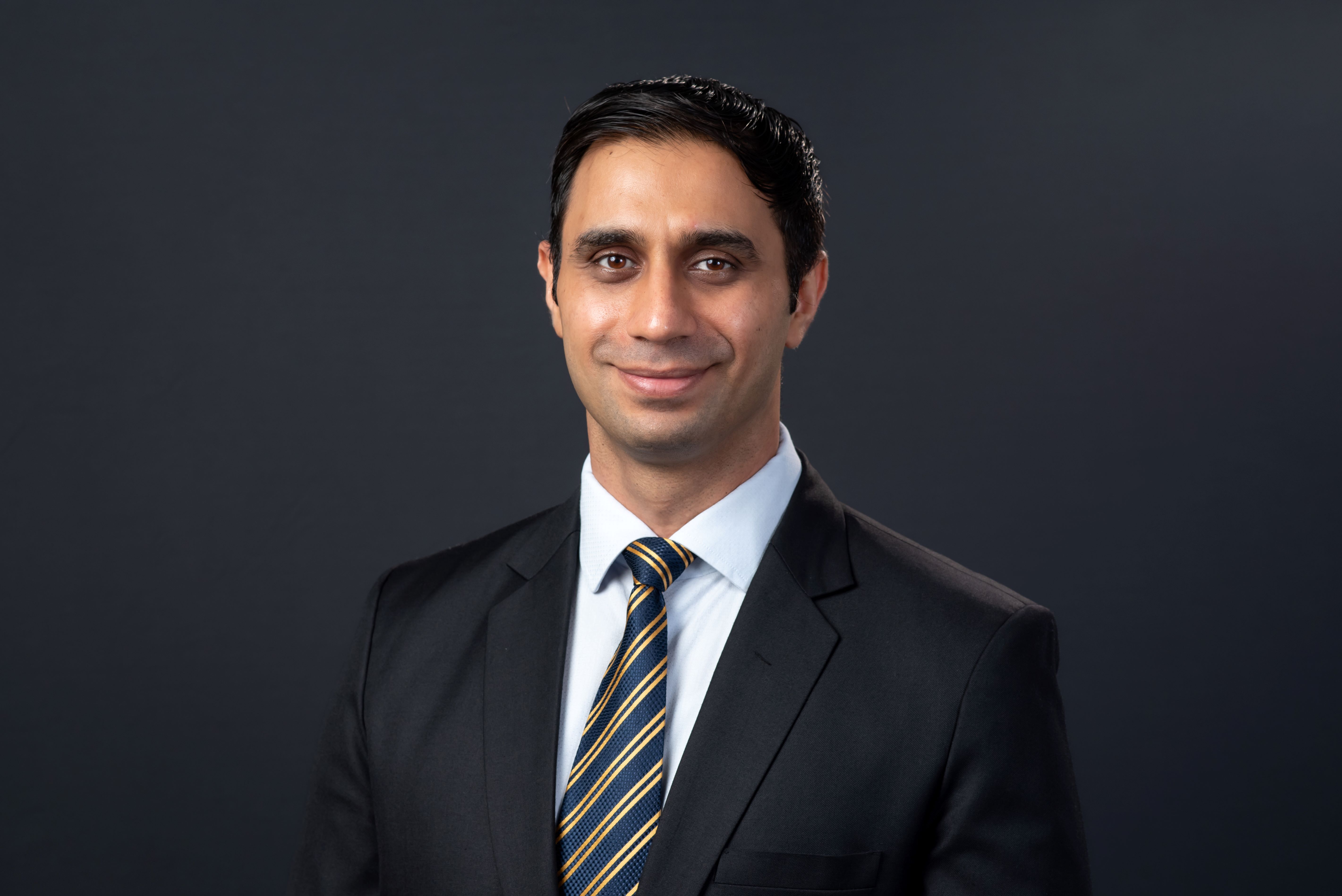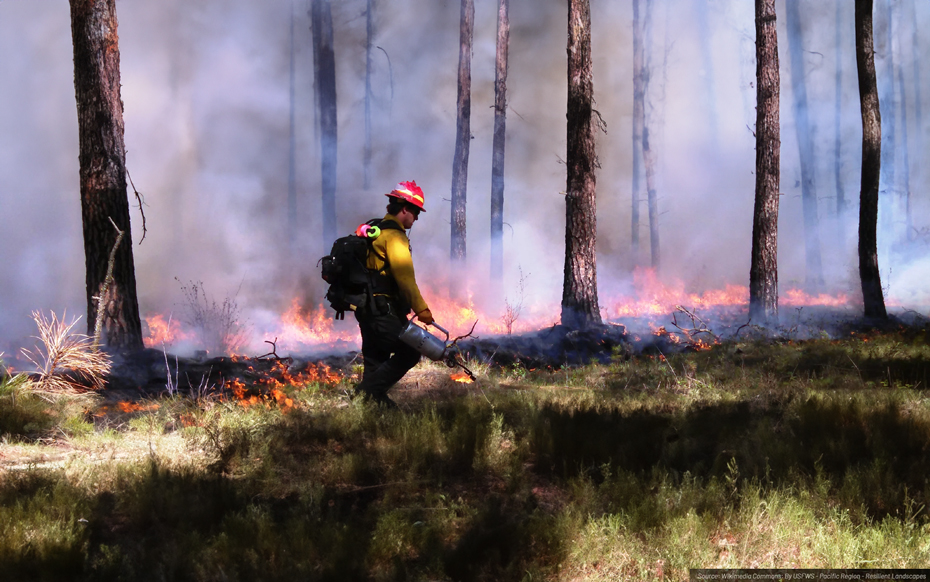Summary
Identify your 'escape fire' in financial planning. This blog helps you prepare for emergencies and unexpected financial setbacks. This blog provides in-depth analysis and practical advice. These funds are suitable for long-term investors looking to save on taxes. They offer a unique combination of tax savings and potential for high returns over time.
It was another book with an alluring black cover that got to me. ‘Firefighting: The Financial Crisis and Its Lessons’ by Ben Bernanke, Henry M. Paulson, and Timothy Geithner. The hook was the idea of the book – Hubris, excessive overconfidence. In real life, it feels like the concoction of confidence and intoxication of recent success.
The book narrated that back in the noughties - the period from 2000-2009 - “Serious economists were arguing that financial innovations like derivatives had made crises a thing of the past.” The reality was that financial innovations possibly made things worse, not better. Most of the leverage in the US financial system, the loans given to households, firms and institutions had already moved to “shadow banks” that, unlike conventional banks, were largely unregulated and lacked a financial safety net.
Many, including the policymakers, thought they could control any fire or even an inferno with the power-blower-like tools they had at hand, especially the ability of the Central Banks to print money and create liquidity.
But we all know about the financial crisis of 2008 - how it began, and progressed before it was eventually brought under control. The book is a first-hand recount of the genesis of the crises and the rescue missions the three authors commandeered, with precisely the same principles that a firefighter would employ.
The concept is so intriguing that I dug more and saw so many parallels between firefighting and investing. Here are a few nuggets from career firefighters –
"Early is on time, on time is late and late is unacceptable."
When do you start your investing journey? It is when the realization dawns on you that it’s essential to save, invest and be financially sound. That is when you begin, that is early.
"Eyes and ears open, mouth shut. Listen and learn.”
Early on, in the middle, and after you learn the art of investing, this firefighting nugget still shines like a gem. You keep learning. Basking in it. Right lessons learnt early lead to habits that compound.
"No call is ever the same."
Firefighters take each call from ‘zero-base’. Every call is heard without the backlog or baggage of the previous one. The lessons learnt from experience are applied to fight the fire, not to taking the call. In investing, make each decision from ‘zero-base’. No two investments, ideas, cycles or drawdowns are the same.
"The heart is the most important muscle."
Survival is the most important aspect of firefighting, for the fighter and the people under duress. The investor is the one that needs to learn this, for himself and his investment, literally and metaphorically. Do your investing habits allow you to live a stress-free, healthier and focused life?
How do you escape an inferno? What do you do when things go horribly wrong? There is a fascinating story that I read in a book recently. Below is an excerpt, not for the faint-hearted.
It was known as the Mann Gulch fire, after the area in Montana, US, that had burned back in 1949. A decade earlier, the US Forest Service had created an elite team of smokejumpers who parachuted into fires.
One August afternoon, fifteen young men, most between the ages of seventeen and twenty-three, parachuted into what they thought was a small and simple fire.
They made their landing by 4:10 pm. and began to hike down into Mann Gulch, with their heavy packs and Pulaski axes. They didn’t know each other, and as they hiked, they split into smaller groups. To their right was a steep ridge, and to their left, a creek. The fire they’d been sent to fight burned safely on the other side of that creek, or so they imagined. There weren’t many trees, just tall grass, but they were unable to see much ahead of them.
A mile or so down the Gulch, the creek drained into the Missouri River. Their plan was to walk to the river, cross over the creek, and fight the fire with the river at their backs. The river behind them was their escape route. But as they neared the river, came the shocking sight: the fire was an inferno. It had jumped across the creek and now blocked them from nearing the river. Worse, it was moving across the grass and quickly towards them. One moment, the fire had been invisible, the next, it is a terrifying wall of flames thirty feet high!
It was now 5:45 pm. They turned to flee, but the only escape route was up and over the steep ridge. Investigators later measured the ridge’s 76% slope. The fire had a tailwind of 30 miles or maybe even 40 miles an hour and grew exponentially. Grass fires moved faster than forest fires.
The investigators also estimated, much later, that the grass fire had been moving at 1.2 miles per hour when the young men first spotted it. Ten minutes later, at 5:55 pm, the fire was traveling at a raging 7 miles per hour. One minute later, at 5:56 pm, the hands on the wristwatch of one of the young men melted in place: that’s how the investigators determined exactly when ten of the fifteen burned to death, some still carrying their heavy packs and Pulaski axes.
Five escaped. Three had dropped their Pulaskis and made it over the top of the ridge—though one died the next day of severe burns coupled with exhaustion. Another of the survivors also died within a day.
The fifth, their thirty-three-year-old leader, foreman R. Wagner "Wag" Dodge, survived. His survival tactic is revered to date. At 5:55 pm, with the fire just a minute away and rushing toward him at great speed, he’d lit a second fire, ahead of him and up the hill that he needed to climb. As his fire burned the grass in front of him, he walked into it and threw himself onto the hot ashes.
He’d called for his men first to abandon their packs and Pulaskis, and then to follow him into the fire he’d set. Either they didn’t hear him or thought he’d lost his mind; at any rate, they didn’t really know Wag Dodge or have any reason to trust him. Dodge alone heard and felt the main fire passing by on either side of him, leaving him nearly unscathed. There was no history of a firefighter having done such a thing until that moment, but it became an accepted strategy in the fighting of grass fires. “Escape fire,” is what they’d call it.
How do you light your second fire, your escape fire? Do you sell down part of your portfolio and look to survive? What about surviving a crash and you are in cash? Do you create another escape fire by slowly creating a satellite portfolio and feeding it over time?
These questions are fascinating and the answers more so.
Train yourself or hire a financial professional.
Industry insights you wouldn't want to miss out on.
Written by
Disclaimer
All content on this blog is the intellectual property of DSPAMC. The user of this site may download materials, data etc. displayed on the site for non-commercial or personal use only. Usage of or reference to the content of this page requires proper credit and citation, including linking back to the original post. Unauthorized copying or reproducing content without attribution may result in legal action. The user undertakes to comply and be bound by all applicable laws and statutory requirements in India.
This note is for information purposes only. In this material DSP Asset Managers Pvt Ltd (the AMC) has used information that is publicly available and is believed to be from reliable sources. While utmost care has been exercised, the author or the AMC does not warrant the completeness or accuracy of the information and disclaims all liabilities, losses and damages arising out of the use of this information. Readers, before acting on any information herein should make their own investigation & seek appropriate professional advice. Any sector(s)/ stock(s)/ issuer(s) mentioned do not constitute any recommendation and the AMC may or may not have any future position in these. All opinions/ figures/ charts/ graphs are as on date of publishing (or as at mentioned date) and are subject to change without notice. Any logos used may be trademarks™ or registered® trademarks of their respective holders, our usage does not imply any affiliation with or endorsement by them.
Source:
Books
-
The Premonition by Michael Lewis
-
Firefighting: The Financial Crisis and Its Lessons by BGP
Image Source: Wikimedia Commons: By USFWS - Pacific Region - Resilient Landscapes
 Account Statement
Account Statement  Capital Gain Statement
Capital Gain Statement  Key Information Memorandum
Key Information Memorandum  PAN Updation
PAN Updation  Register / Modify KYC Online
Register / Modify KYC Online  Nominee Registration
Nominee Registration  Email / Phone Updation
Email / Phone Updation  OTM / eNACH Registration
OTM / eNACH Registration  Guidelines for Incapacitated Investors
Guidelines for Incapacitated Investors  FAQs
FAQs Reach us
Reach us




















Comments
Total 19
Kamal Garg
25-09-2024
Nice read.
R.P.Singh
25-09-2024
Excellent expression through super analogy.
Mohan Das
25-09-2024
Excellent read ! We have been going through several wild fires, and they seem to come in regular frequencies ! This kind of articles would go a long way to prepare us for the next wild fire !
Senthil
25-09-2024
Good article
Kamal jindal
25-09-2024
Wonderful article
Arvind Kumar
25-09-2024
Nice article, please keep us updated and informed.
Vikas Khalasi
25-09-2024
Self reliance is the key to overcome obstacles of wealth or health.
PUSHPESH
25-09-2024
it made good reading. the linear diagram of money should be like this...term plan, health plan, vehicle and general insurance, investments for short term and for long term. the escape fire or escape route for long term should be PPF, for medium term should be bank RDs. for wealth creation it should be mutual funds. or equity if one understands it. a simple SIP, with a top up feature is a great tool for wealth creation for any person, from lay man to expert
Sandeep Gandhi
25-09-2024
first as per mutual fund terminology asset allocation and if the fire is there as per share market analogy trailing stop loss may work. Anyway a very important piece of strategy!!
Prakash C Yalavatti
25-09-2024
Wonderful narration
SHOEB
25-09-2024
Very truth story guidance for a layman investor
Guruprasad Nayak
25-09-2024
Thank you for sharing wonderful knowledge, bringing your years of experience in nutshell for benefit of mankind... Appreciate the spirit and leaving model to us for treading the path
Manish Parikh
25-09-2024
very in-depth and easy to understand analysis. Agree with your views
Matt Brown
25-09-2024
Very few can light a smaller fire to escape an inferno. It's not easy to create a loss to avoid a wipeout. Amazing read
Sssaini
25-09-2024
It’s fantastic example to convey the message effectively and with clarity
Abhishek Singh
25-09-2024
1. Continue to hold equities at lower than peak allocation The actual allocation will depend upon the person’s risk appetite and earnings profile. A 60% year old may not have the same peak equity appetite as a 30 year old. The idea is have a lower allocation compared to whatever peak allocation is right for you. Psychologically even a slightly lower allocation helps the investors handle drawdowns better. They might even think of increasing allocation than selling during a crash – the cardinal sin in investing. Lowering exposure is not a call that markets a going to crash. But a call that one has to be fine with lower return (fixed income, cash) on some portion of the portfolio. If you are not a little fearful at the top how would you be greedy at the bottom. 2. Shifting exposure from High PE Names A lot of the gains in these names have been on back of PE expansion. This has been helped by liquidity and lower interest rates to some extent. There is a limit to how much PE’s can expand. Value factor is cheap compared to others, has been for a while now. Value is not just deep cyclicals. The idea is to focus on high cash flow yields. Some allocation here is also good from risk management view point as well. Most best performing funds are quality/growth funds today. Analyse if your portfolio is diversified for factors as well. 3. Exposure to multiple markets/currencies Many ways to get access to other markets now. Some of our own funds offer this option. 4. Gold is like insurance. You don’t buy insurance hoping to get rich. You hope the premiums you pay are lost and you never really have to claim the insurance. It’s there for the worst case scenario.
Nimish
25-09-2024
This is a fascinating story, Sahil! Thanks for sharing. My interpretation of an 'escape fire' in investing terms would be selling the most volatile/speculative part of my portfolio, at the least possible loss, followed by lying down on the burnt remains of the escape fire (holding on to the resilient stocks). I'd love to hear what your interpretation is.
Ravi ramachandran
25-09-2024
Excellent 👌 I have learnt something new today, "Escape fire". Very nice and true. Every situation in life needs a Plan B..or the escape fire. Enjoyed reading and appreciate the importance too.
Bikashendu
25-09-2024
Great 2008 ... Wildfire !!! ... a creation, in short, of peoples' long ruthless habitual spending by nature from almost a continued loosely weavened banking resources which could be found/mentioned also in the oriental patterns of living philosophy where the six senses were upheld did not mind to support to enjoy - GHEE on loan even although maintaining austerity in life used to be the main stay and held high in our life philosophy !! Post Independent India, thanks to the then leaders, adopted the main stay philosophy of oriental culture and followed a "conservative" approach of life spread over all the arena including spending and using banking as well. And that contributed later to a great extent to remain beyond the crisis of 2018 and could keep us away from taking action like "escape fire".
Write a comment